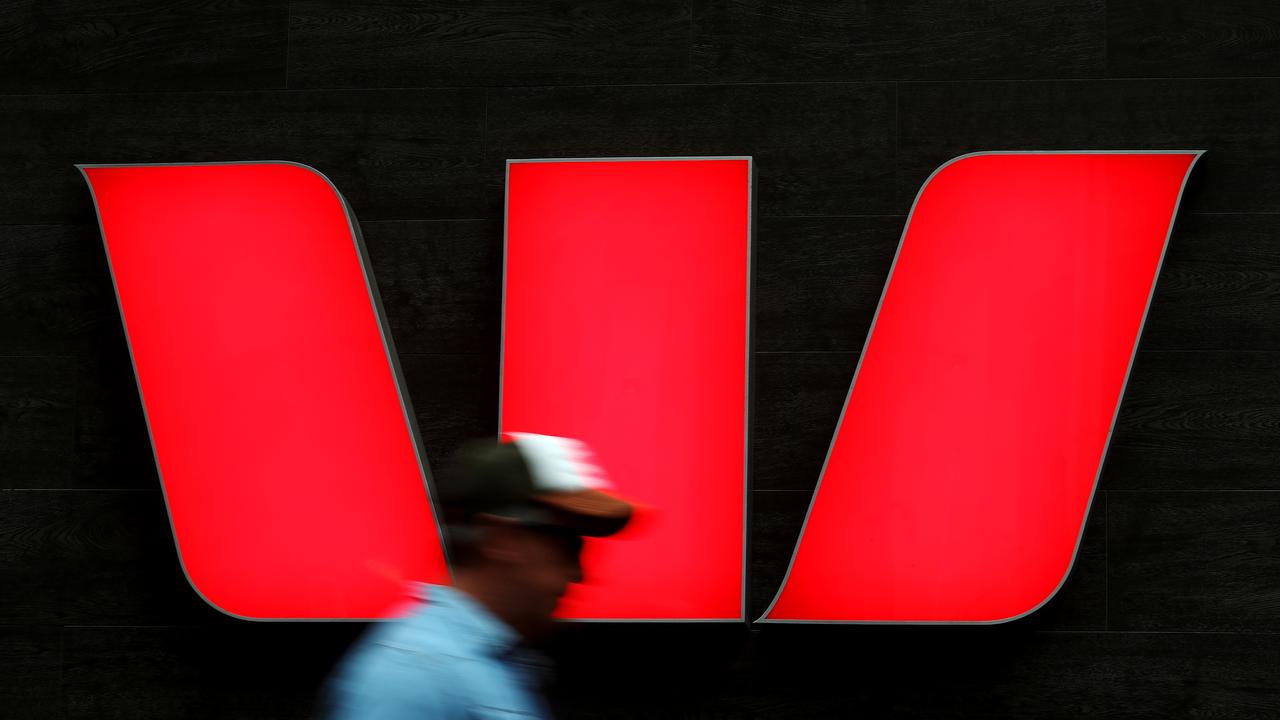Volatility rears its ugly head

Following UK’s Brexit vote, markets were falsely lulled by extreme tranquillity. Volatility fell to near-record lows, the sharemarket held record highs and bond prices were also at record highs.
Never before have stocks and bonds been this expensive simultaneously. Usually market confidence in the growth prospects of companies portends inflation, which is anathema to bonds; on the other hand, low bond yields usually predict low growth, which is bad for corporate profits, and therefore share prices.
Simultaneous bull markets in stocks and bonds is the artificial result of monetary policy suppressing volatility and driving bond prices higher with central bank buying, as part of quantitative easing.
Low bond yields result in high share prices by reducing analysts’ discount rate in calculating the present value of future cash flows. In fact, they mathematically raise the prices of all other assets, including property.
This is exactly what central banks are trying to achieve: by increasing asset prices they hoped to lower the cost of capital and thereby increase investment and produce a general wealth effect that increased consumption.
The theory was good, except it hasn’t worked, or at least not well enough. Maybe there would have been a deflationary spiral and depression without zero/negative interest rates and QE, but now central banks are freaking out that it has taken too long and they might be approaching another downturn with zero ammunition to fight it.
Most of the world’s investors are long, not short, and are anxious that the splendour of record-high prices and record-low volatility can’t last, while at the same time being hopelessly addicted to it.
As a result, it doesn’t take much to cause them to freak out. On Friday, it was apparently the European Central Bank’s non-event the day before, possibly in conjunction with what seemed to be a G20 non-event in China.
Against expectations of an increase and/or extension in monetary stimulus the ECB did nothing and put out a statement identical to the previous month. In his press conference President Mario Draghi pleaded for “other arms of government to contribute decisively” — meaning fiscal policy.
Meanwhile in Hangzhou, the G20 issued a communiqué that fell a long way short of the specific 2.1 per cent extra growth target of Joe Hockey’s finest hour in Brisbane in 2014, but they did say this:
“…monetary policy alone cannot lead to balanced growth. … we emphasise that our fiscal strategies are equally important to supporting our common growth objectives.”
In essence the bond market is predicting “secular stagnation” — agreeing with the growing number of economists and forecasters who believe that low growth is here to stay because of a decline in working age population and too much debt, and neither monetary nor fiscal policy can do anything about it.
But bond markets are extremely vulnerable to effective fiscal policy, first because it would result in more government borrowing, and therefore a big increase in bond supply, and second because it might work.
What if the G20 really does turn out to be more than an empty gabfest, the bond traders wonder, just as they and commodity traders have been wondering whether Saudi Arabia and Russia really can achieve a co-ordinated price freeze, and growth and inflation both start to rise. Nah.
Meanwhile, share traders are wondering whether central banks really are tapped out, and, as sovereign bond strategist Nicholas Spiro is reported to have said “we’re in the terminal phase of QE”.
That certainly seems to be the case. US Federal Reserve officials have spent the past month trying to convince markets that a September rate hike in the US is a possibility, but a survey of Wall Street economists on Friday had 85 per cent of them predicting that the Fed would hold steady.
If the Fed really does hike this month it will be a tremendous shock to sharemarkets, producing much more volatility than we saw on Friday.
More broadly, the maxing out of monetary policy and the implementation of genuinely co-ordinated fiscal policy — if that’s what really lies ahead — would take us into new and volatile territory.
And, as we learned on Friday, and will see in Australia today, even the smell of it is enough to make the horses rear up.
Alan Kohler is publisher of The Constant Investor — www.theconstantinvestor.com
Hear from Alan Kohler, Robert Gottliebsen, Stephen Bartholomeusz & John Durie at a special member Q&A. Find out more or book tickets here.






The Vix index of volatility spiked 50 per cent on Friday, from a two-year low on Thursday; US share prices fell 2.5 per cent and bond prices fell about 2 per cent as well. Investors in Australia today are likely to be humming the Boomtown Rats’ tune, “I don’t like Mondays”.